IND56 Q-AIMDS Chemical metrology tools for manufacture of advanced biomaterials in the medical device industry
Work Packages
Work Package 1: Advancing the underpinning metrology via the use of high vacuum techniques
Including X-ray Photo-Electron Spectroscopy (XPS), Near Edge X-ray Adsorption Fine Structures (NEXAFS), X-Ray Fluorescence (XRF) and Grazing Incidence X-ray Fluorescence (GIXRF). Through the use of these proven complementary methods, we will develop well characterised, quantitative, traceable standards for relevant surface treatments and contaminants.
Additionally, we will advance the state of the art capabilities in order to increase the practical lateral spatial resolution to under 1 µm and depth resolution to < 10 nm. Efforts will focus on improving buried interface analysis and developing the underpinning metrology for characterisation of nano-particle and nano-textured coatings. Novel advanced data analysis approaches will be developed to increase spatial resolution, improve quantitation and facilitate accurate compound identification.
Work Package 2: Development of emerging ambient techniques
Including FTIR and Raman Spectroscopic Imaging, Scanning Probe Microscopy, IR-SNOM and Ambient Mass Spectrometry. IND56 will develop the underpinning metrology needed to enhance reproducibility, increase sensitivity and improve accurate compound identification for analysis of organic and biomolecular surface layers as well as nano-particle coatings. Novel multivariate and informatics techniques will be developed to facilitate reliable assessment of key performance parameters from the multi-technique data sets.
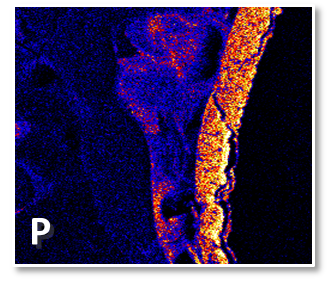
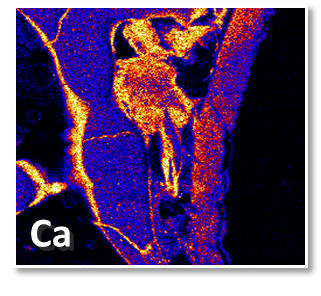
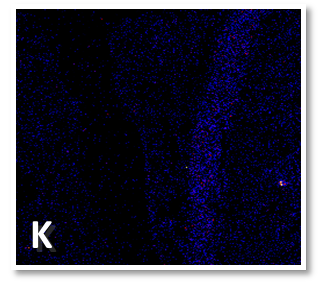
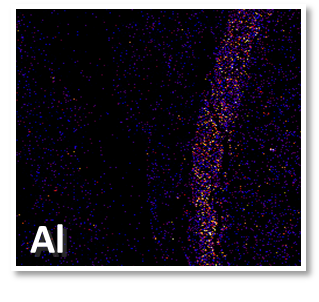
Work Package 3: Adaptation and validation of our analytical tool set for production line medical devices and failure analysis
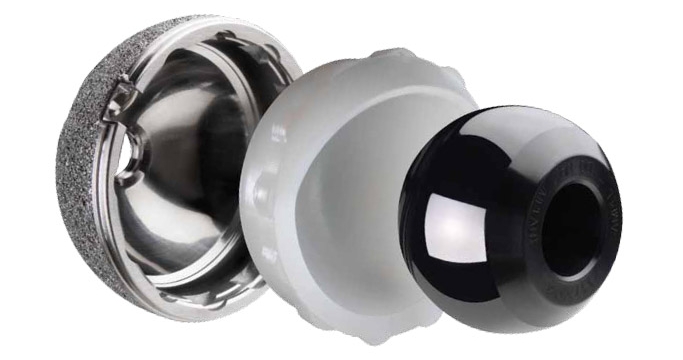
The techniques developed on model systems in WP1 and WP2 will be adapted and validated using production line medical devices and retrieved implants obtained from Smith and Nephew, Medtronic and other collaborators. This work package will be led by Smith and Nephew, an industrial JRP-Partner.
Work Package 4: Creating Impact (NPL)
This work package will disseminate the JRP results in a suitable format for the wider community to access and use through publications, reports, inputs to standards and regulations, training events, and workshops. The work package will also give the end user community the opportunity to interact with the JRP-Consortium and influence the development of the JRP through an advisory board. It will aim to capture input from end users.
Work Package 5: Management and Coordination (NPL)
The aim of this workpackage is to ensure efficient and effective project management, through the successful implementation of the tasks outlined in workpackages 1 to 4 in accordance with the JRP objectives. The project will be managed primarily by NPL, although JRP-Partners, and particularly work package leaders, will internally manage their contribution to the project. NPL has extensive experience in managing large and complex research projects that involve large numbers of partners and will appoint a dedicated project manager to ensure that the project tasks are completed in a timely manner and to budget.
The project will be managed by the JRP-Coordinator Alice Harling from NPL. She will be supported by the project management board consisting of two representatives from each JRP-Partner, including the leaders of each workpackage. The members of the project management board will guide the project, attend the project meetings (accompanied by additional specialists, if needed), organise the progress meetings at their local institutes, synchronise the project's progress with the milestones specified in the Gantt chart, and call additional meetings if needed to ensure the overall project's success. The project management board will ensure effective time management, reporting on scientific activities and also JRP-Budget control. The JRP-Coordinator will take responsibility for all planned activities and their effective coordination. WP5 provides the necessary overarching co-ordination for this multi-partner project.

The research within this EURAMET joint research project receives funding from the European Community's Seventh Framework Programme, ERA-NET Plus, under Grant Agreement No. 217257.
For more information, please contact the project coordinator, fiona.moriarty@npl.co.uk from NPL.